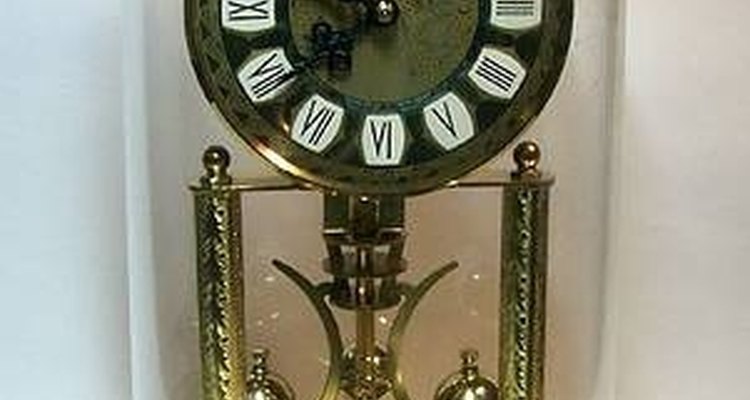
The anniversary clock is an old fashioned spring driven clock with a curious spinning pendulum. The clocks are very ornamental, have an "old world" style and are usually made of brass and crystal. The clocks are often given as wedding gifts and proudly displayed on the mantel for years to come.
History
The term "anniversary clock" was copyrighted by Bowler & Burdock Company in 1901, an Ohio clock-making firm. The term had become a popular name for the "400 Day Clock." The 400 Day Clock, with its special torsion pendulum, and was first invented and patented by American Aaron Crane in 1841. However, German clock maker Anton Harder in claimed to have invented the clock in 1879. It is said that he got the idea for his winding mechanism after watching servants light candles on a rotating chandelier.
Significance
The anniversary clock got its descriptive name because it was the first mechanical clock that didn't need daily winding. In fact, the clock's slow torsion pendulum only needed to be wound once a year and couples could do this on their wedding anniversary. They are still popular as wedding gifts, though modern clocks are now battery operated.
Identification
Anniversary clocks are table top clocks in a glass or crystal case that allow you to see its inner workings. They are typically made of brass and have a rotating pendulum with three or four brass balls that whirl like a crazy merry-go-round beneath the clock face. Some clocks have a brass handle on the top. The clocks are often engraved with the happy couple's wedding date.
How it Works
The Anniversary Clock is a torsion clock. This means it is a mechanical clock with a spring wound pendulum. The pendulum rotates clockwise and counter-clockwise, instead of swinging right and left. The clock has a weighted disk suspended by a wire that is the torsion spring. As the spring twists it powers the clock's gears. The clock uses much less energy, thus it is able to last as much as 400 days on a single winding. This clock design works much the same way as a watch's balance wheel and hairspring.
Considerations
Genuine anniversary clocks with torsion springs are rather delicate, difficult to set up and don't keep very good time. The clockworks can be effected by temperature changes, which play havoc with its delicate springs.
Related Articles

Difference Between Swiss & Japanese ...

Timex Ironman Sleek Night Mode ...
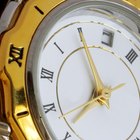
How to Set a Rolex Day-Date

Engagement Rings From the 1980s
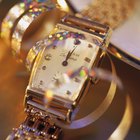
How to Set the Time on a Rolex Daytona

The Advantages of a Wind Up Watch
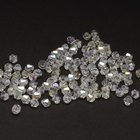
What Is Crystal AB?
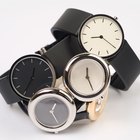
The Manufacturing Process of a Watch

The History of Geneve Watches

How to Calibrate a Timex E Compass Watch

How to Remove a Stuhrling Watch Band

Is Revere Ware Aluminum?

How to Identify Your Tissot

Swiss Military Watch Instructions

How to Set the Date and Time on a Rolex ...

How to Set an Elgin Watch
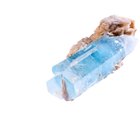
List of the Types of Semi-Precious ...

How to Change the Time Zone on a ...
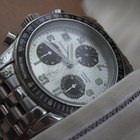
How Do I Change The Battery in a Casio ...

Sector Watch Instructions
Photo Credits
Westminster Clocks (Flickr)